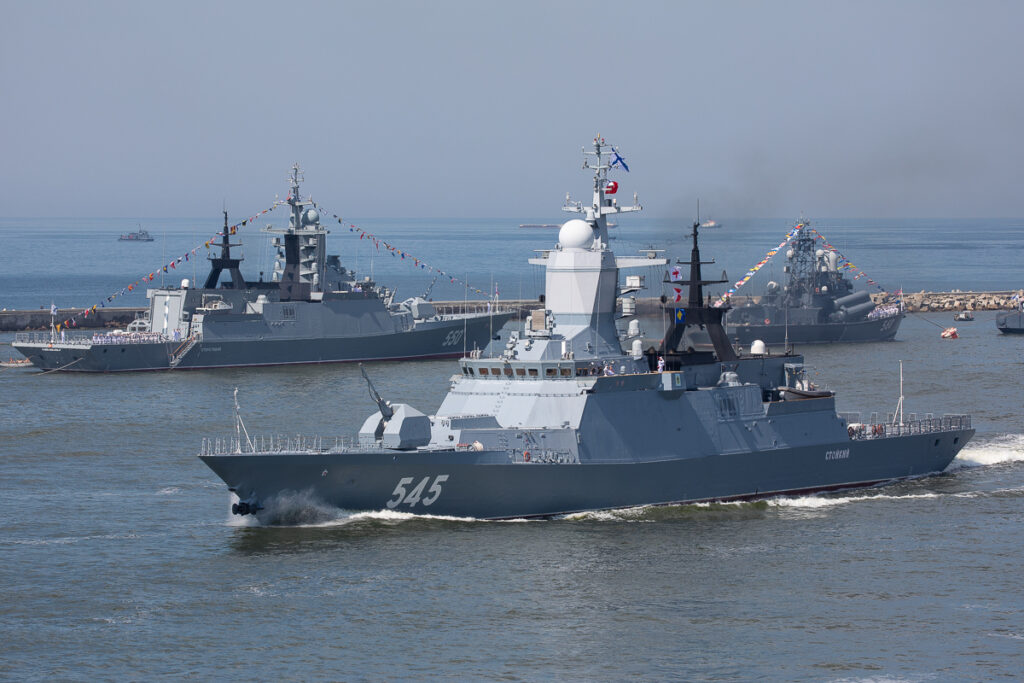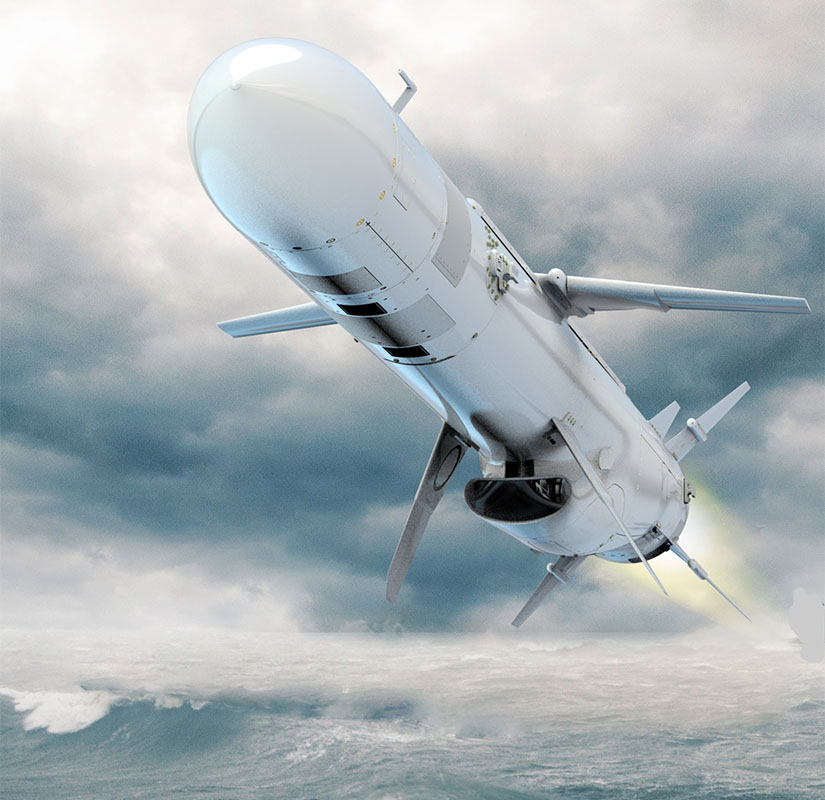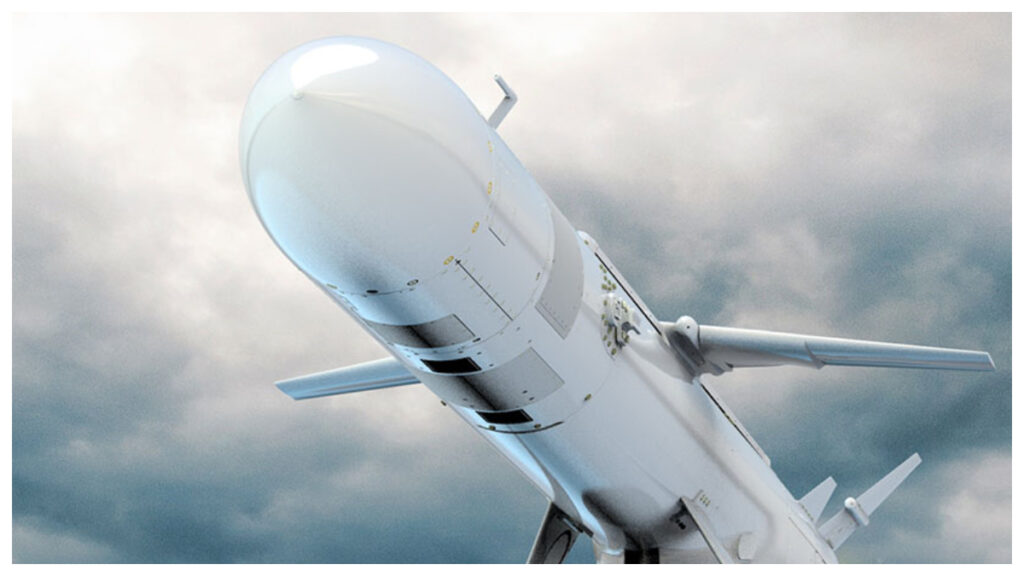The Blue Spear 5G SSM anti-ship missiles that have arrived in Estonia and been added to the defence forces’ arsenal give Estonia for the first time the opportunity to create a strategic dilemma for Russia as an aggressor, Estonia’s national defence chief, General Martin Herem, said.
Herem said that Russia must take into account that if it attacks Estonia, Estonia can put the aggressor in danger with the same threat that the aggressor poses to others.
“Secondly, it would be very difficult for the adversary to move its air defences to the sea, which in turn would give it the opportunity to deploy its air force over Estonia. In other words, we would be able to push their air defences eastwards. Thirdly, the aggressor must understand that if it wants to go to war with us, its link with the Kaliningrad region will become very weak,” Herem said.
The commander of the defence forces emphasised that the anti-ship missiles are not part of the anti-landing warfare, meaning there is no need to wait for the aggressor’s vessels to approach the coastline. With these missiles, the Estonian Defence Forces will be able to attack all military targets.
“We can fire along the coast, but also from inland. Basically, we can launch a missile from Matsalu that will fly around Hiiumaa and reach the open sea to hit a ship there. The dispersion of the launchers and the trajectory of the missile make it very difficult for an adversary to intercept,” Herem explained.

Potentially far fewer sea-based missiles
The defence chief said that, for example, although Russia’s Black Sea Fleet had suffered losses following the invasion of Ukraine, it was still capable of firing some 40 cruise missiles at Ukraine every day.
“Russia’s Baltic Sea Fleet also has this capability today. So when people in Põlva or Mustvee ask how the anti-ship missiles can help them, this is exactly what they can do. There will be far fewer cruise missiles coming at us from the sea. It’s like air defence in an indirect sense,” Herem said, adding that Estonia already has short-range anti-ship missiles to defend against landings.
“We can use the Spike LR anti-tank gun, as well as 155-millimetre howitzers with special rounds that hit very accurately. In the near future, we will also be able to use loitering anti-aircraft weapons and, in principle, HIMARS multiple rocket launchers,” Herem said. According to the general, a critical mass of personnel has already been trained and Estonia is ready to use the anti-ship missiles if necessary.
“That doesn’t mean we don’t have a lot of work to do to develop that capability,” he said.

Estonia could destroy Russia’s entire Baltic fleet
The national defence chief told Postimees newspaper that Estonia’s anti-ship capability must be seen in the context of its allies Finland, Poland, Latvia and soon-to-be NATO member Sweden. All of them have anti-ship capabilities, except Latvia, which has taken steps to acquire anti-ship missiles in the next few years.
“We need to divide the most dangerous ships of the Russian Baltic fleet, which can be used as targets, among these countries. Then we will have enough launchers and ammunition to ask the Russian Federation a very serious question about whether it wants to take military action against us. Because the Baltic Sea Fleet will be quite exposed,” Herem stressed.

The defence forces will not reveal how many anti-ship missile systems and missiles will arrive in Estonia. Asked if Estonia could hypothetically destroy Russia’s entire Baltic fleet with its anti-ship missiles if necessary, Herem replied: “With luck, it is possible”.
“The question is how many missiles are needed to destroy a ship and whether all these ships are within our range. Because, as we know, the Russian ships are located in two ports, Kronstadt near St Petersburg and Baltiysk in the Kaliningrad region. But we certainly don’t need to spend a very expensive missile on every ship in the Baltic Sea fleet,” he said.
One of the largest defence procurement projects in Estonia
In 2021, the Estonian Defence Investment Centre signed a contract with Proteus Advanced Systems, a joint venture between Israel Aerospace Industries and ST Engineering Land Systems, a Singapore-based engineering company, for the purchase of missile systems to develop the country’s coastal defence capabilities.
The project, with its tight schedule and complex requirements, is one of the largest and most complex defence procurement projects in Estonia.

The Blue Spear missile system is an advanced precision weapon that can operate in all weather conditions, day and night, and provides beyond line-of-sight engagement capabilities against mobile and stationary targets at sea.
The missile has a maximum range of 290 kilometres – or 180 miles. The Blue Spear missiles share a heritage with Israel Aerospace Industries’ Gabriel family of missiles, which has been developed over many years.

